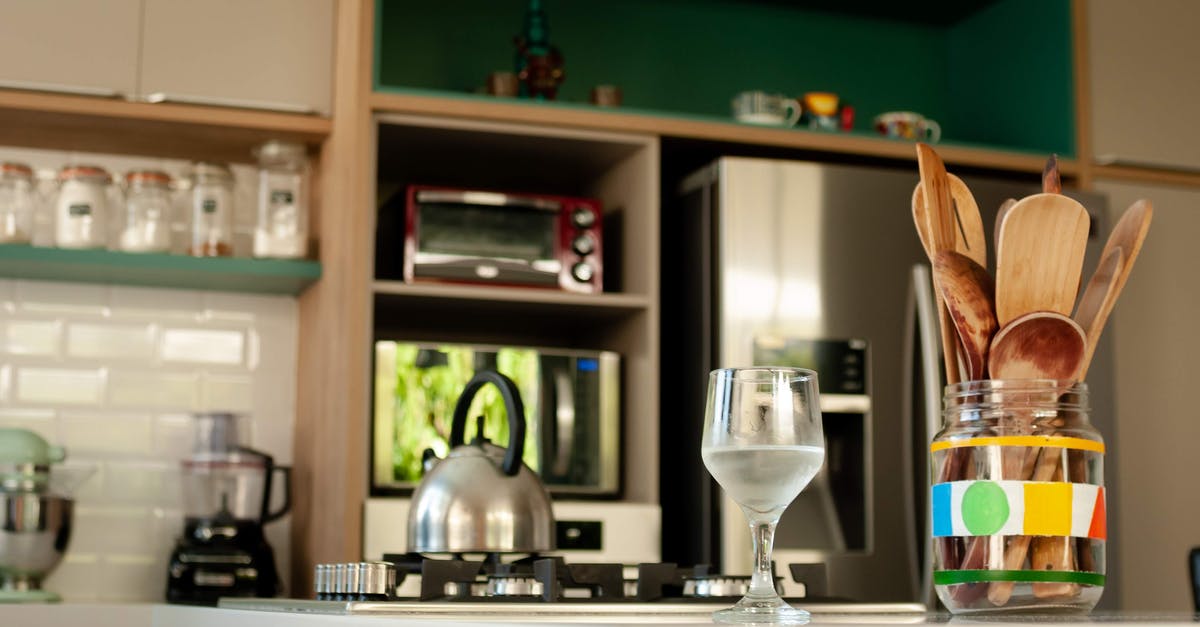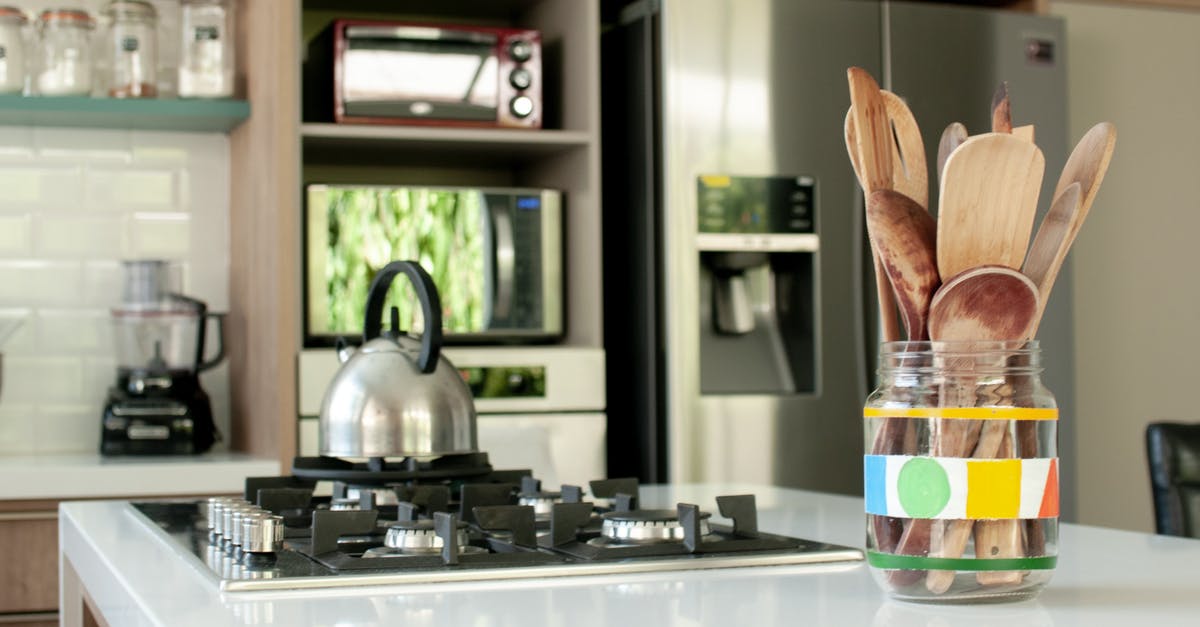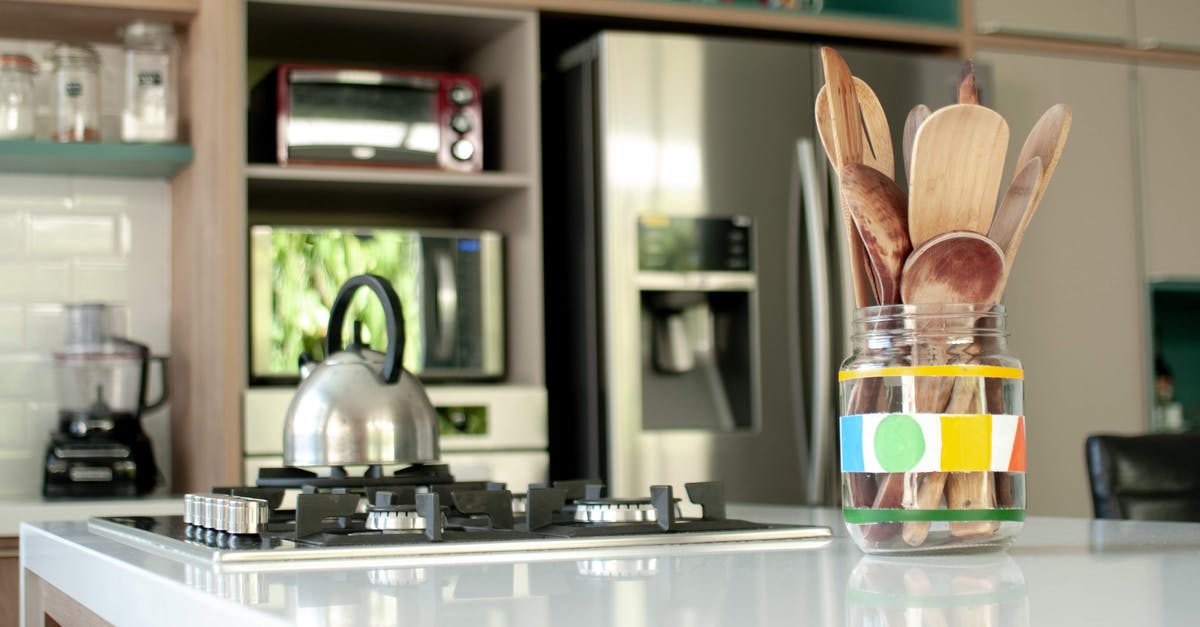Why didn't microwaving a stainless steel spoon set my kitchen on fire?

I am a new, and newly sleep-deprived, dad. As such, I didn't think twice about taking a big, shiny, stainless steel spoon and sticking it right in a baby bottle sterilizer. ("I want this supplement to be scooped with a sterile instrument!")
Now, a bottle sterilizer consists of a large, sealed, plastic box into which you put a bunch of water. Put it in the microwave, and it's basically an autoclave. I sealed that sucker up and let 'er rip at 1300 watts. I then walked away and down a flight of stairs.
When I came back to my kitchen, everything was fine. The 3-minute microwave cycle was done, and my stainless steel spoon was apparently sterilized. Nothing was on fire, and the microwave seemed as happy as it had been. I, however, was mortified--and puzzled. I've read that only pointy surfaces cause problems in microwaves. But my spoons are fairly pointy, especially at the handle end:
Right now, I am provisionally chalking this up to God. But I must admit that I don't find my explanation quite thorough enough. Does anyone have a more specific accounting?
Best Answer
Metal has a lot of potential issues in the microwave (electric charge buildup + arcing, and microwave reflection). There are too many variables to make general statements like "such-and-such metal is safe" or "smooth objects are safe" with confidence, hence the sweeping guaranteed-safe blanket advice to not put metal in the microwave.
The reason it didn't cause issues for you is likely the fact that it was insulated in a plastic container (thus preventing arcing to the microwave walls / magnetron) and that you also had some water in there to absorb any excess reflected energy (and maybe electrical energy through physics that I don't understand, but don't quote me on that one).
In fact a cursory search just happened to turn up this paper regarding sterilization of metal objects in a microwave, which mentions:
Arcing back to the magnetron and damage to the microwave oven are prevented by placing a radar absorbent material within the oven and with proper insulation of the item to be sterilized
And you've got both of those things: A radar absorbent material (the water) and the insulation (a perfectly sealed plastic container).
The type and shape of your metal object is probably unrelated to the success of your accidental "experiment".
As an aside: It's worth mentioning that in the case where a microwave oven does catch fire, the NFPA mentions that 17% of those fires involved the housing/casing of the appliance itself as the first item ignited, where the danger is presumably excess energy reflected back to the appliance, rather than arcing (magnified by poor design or older microwaves that didn't have as good of an ability to absorb reflected energy). That's why, for example, the authors of the sterilization paper linked above included a radar-absorbent material, strange and unpredictable reflections off of metal can easily put the microwave under uneven energy loads it wasn't designed to handle (see also thermal runaway).
And of course, there's also issues with defective appliances or design flaws as well, e.g. that old GE spontaneous microwave fire lawsuit. While the causes of those fires aren't really related to the OP's situation, the point is making blanket statements about metals and such is further complicated by the potential for poorly designed or defective appliances.
Also, this answer isn't intended to say "insulation + water = always safe", it's just intended as an explanation for your specific experience. Even "safe" is flexible: A microwave fire doesn't necessarily lead to a kitchen fire or a burned down house or an injury, e.g. I suppose you could call a microwave fire hazard "safe" if you were standing there on the ready with a fire extinguisher and protective clothing.
Pictures about "Why didn't microwaving a stainless steel spoon set my kitchen on fire?"



Why does a spoon not spark in microwave?
And if the metal has sharp edges or points, charges may accumulate on those sharp spots and then leap into space as a spark. But because your spoon was thick and had rounded edges, the charges that flowed through it during cooking didn't have any bad effects on the spoon: no heating and no sparks.Why does stainless steel not spark in microwave?
Can you put stainless steel in the microwave? It is not safe to put stainless steel in the microwave because metal is not always microwave safe. During the heating process, stainless steel reflects the microwaves instead of absorbing them, which results in sparks and potential fire hazard.What happens if you put a stainless steel spoon in the microwave?
Most of the time, it is perfectly safe to run the microwave with a metal spoon in it since it has rounded edges. It turns out that it's the shape of the implement that matters. Cutlery with pointed edges can reflect the electromagnetic waves back and forth, often resulting in arcing (sparks).Can you microwave a metal spoon?
Metal and plastic spoons should not be placed in the microwave. Any metal in the microwave is considered a potential fire hazard and should always be avoided. Smaller, thinner metal will heat up more quickly and be more of a fire hazard than thicker pieces of metal.Why Didn't You Stop Me?
More answers regarding why didn't microwaving a stainless steel spoon set my kitchen on fire?
Answer 2
Spoons (most metal, in fact) are generally not a huge problem in the microwave. My microwave has metal parts...many do. Forks are sometimes a problem due to a build up of charge between the tines, which could result in sparks. As you note, shape can be a factor. The shape of spoons spreads the charge, the pointy edges of forks and narrow tines could allow a build up. It wasn't luck, but it probably should not be normal practice.
Answer 3
There are actually two things worth considering with metal in microwaves.
The big danger is arcing and that happens with pointy things like forks and apparently grapes. It's also worth considering, being in a plastic box, there was nowhere for the spark to jump to. With a fork there's a small enough spark gap for current to jump. With a spoon, there is not.
However, metal also has a shielding effect, and the USDA even says it's safe to use small quantities of foil in a microwave. In this specific case, there wasn't really enough potential to cause a spark; the shielding just redirected microwaves elsewhere.
Answer 4
In order to reliably set your kitchen on fire, make sure there is enough fuel available, and that some of its mass is either brought to its autoignition temperature, OR vaporized and heated to its flash point, then ignited. While electrical arcs of any kind reach tremendous internal temperatures, they are notoriously bad at heat transfer to surrounding materials.
Something that doesn't belong in a microwave can be heated in more or less three ways:
- By being a lossy material, absorbing radiation and heating up. Food gets heated that way.
- By being an effective dipole antenna with a resistive load attached - very dependent on object geometry; a 2-3 inch strip of tinfoil is a good example.
- By arcing
Answer 5
It didn't set your kitchen on fire because while it evidently arced, it was inside a metal box and it didn't have suitable/favorable conditions for igniting what little fuel it had available.
You have a plastic box on one hand, as fuel, and you have water, steam, a metal spoon and a metal microwave oven interior, all noncomustible.) So when the electricity stopped and the arcs stopped, flame was not sustained.
Personally, unless I'm destroying a CD/DVD and/or making "art" from it, by briefly (while watching) zapping it on top of a mug of water, I respect the "no metal in the microwave" rule - it's simpler.
Answer 6
I recently did an "experiment" with tin foil:
Putting just one piece into the microwave did basically nothing, but having two pieces together created sparks between them and burned them away.
Your spoon might just be too massive to reach enough temperature. Metal is usually a good thermal conductor. So a lot of the created thermal energy might just be distributed evenly inside the spoon. It takes a lot of energy to melt or burn iron. Its melting point is at 1811 K ?(1538 °C, ?2800 °F)
I doubt a common household microwave can emit enough energy in form of radiation to heat up the spoon to that level.
Even wood and plastic (some of the more common materials used in kitchens) need several hundred degrees to start burning. If we are talking about surfaces made of stone, then we basically have to create a volcano to melt it.
Long story short: a common microwave is just not powerful enough to burn a kitchen. With some manipulations you might be able to cook water outside of it, but that's all. (Not that I support that kind of experiment.)
Answer 7
Microwave ovens are made out of steel. There is no danger of putting any metal of any kind (steel, copper, aluminum, etc.) in a microwave PROVIDED IT IS NOT VERY THIN. Foil is much too thin, and even much thicker, but still thin metal like the trim on the glass lid of a rice cooker is too thin. When microwave EMR is directed at thin metals, the waves reflect back and forth quickly between the top and bottom surface, and the metal quickly both overheats and generates a strong static electric charge, creating a fire hazard. For most intents and purposes, the rule is 'no foil in the microwave,' not 'no metal.' However, as I said, I have seen the thin metals used as trim (but not bonded to a thicker layer of metal) cause trouble as well.
Sources: Stack Exchange - This article follows the attribution requirements of Stack Exchange and is licensed under CC BY-SA 3.0.
Images: Karolina Grabowska, Dayvison de Oliveira Silva, Dayvison de Oliveira Silva, Dayvison de Oliveira Silva

